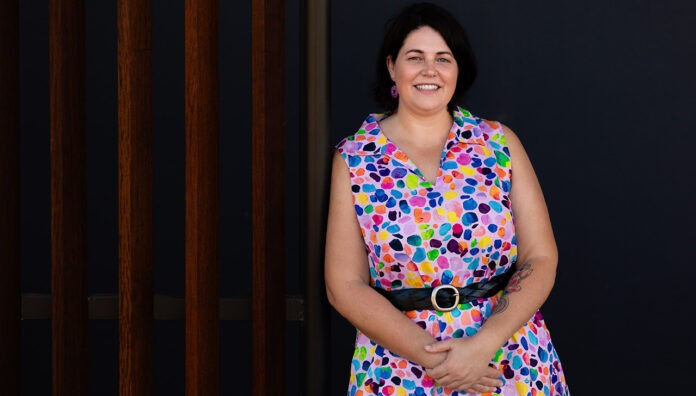Returning home to the Northern Territory helped PSA’s 2025 Symbion Pharmacist of the Year Jaimee Anderson MPS find a new purpose.

After studying at Monash University and working as a community pharmacist in regional Victoria, Ms Anderson felt the pull of home. Eager to be closer to family, she moved back to Katherine, in the heart of the Top End, where she soon found herself running not one but both of the town’s community pharmacies.
‘My workload was pretty intense,’ she says of her 9 years managing the pharmacies. ‘The work was good, but it was often long hours and continuous days in a row, because it’s really hard to get pharmacists here.’
Ready for a change, she jumped at the chance to join the Integrating Pharmacists into Aboriginal Community Controlled Health Services trial. She was embedded in the Wurli-Wurlinjang Health Service, where she helped to bridge the gap between that ACCHO and community pharmacy. ‘I was a liaison between the two. We improved services by getting the pharmacy to understand what was going on at Wurli and Wurli to understand the pharmacy side of things.’
Finding a new focus
When the trial ended, Wurli-Wurlinjang kept Ms Anderson on, and supported her to become a credentialed diabetes educator (CDE). She now works as a CDE, as an on-site pharmacist in aged care, and was recently accredited to conduct Medication Management Reviews.
Working with Aboriginal and Torres Strait Islander patients, and as a CDE, gave Ms Anderson renewed purpose.
‘I wasn’t super passionate about pharmacy – it was a means to an end. Diabetes was similar … but now I could talk about it for hours.’ This is especially so with diabetes among Aboriginal and Torres Strait Islander peoples.
‘It wasn’t until I came home to Katherine that I started to see the potential of how pharmacists can help when it comes to Indigenous health.’
Ms Anderson now focuses primarily on pregnancy-related and youth-onset type 2 diabetes, which she says is on the rise. ‘People still think of diabetes as an older person’s disease, but that’s not the case. There are lots of social determinants and intergenerational issues that are causing it. I’m on a massive crusade to make people aware.’
An unexpected journey
Reflecting on her career so far, Ms Anderson says the variety of her roles
is a highlight.
‘I never thought I’d be a CDE, but I really love it. And I hadn’t planned on becoming an aged care pharmacist, but I really enjoy that, too.’ Being a key part of the clinical team is also incredibly rewarding. ‘As pharmacists, we’re often used to being the end of the line – the person who supplies the medicines. So being involved closer to the start is fascinating. I have doctors ask me about different diabetes medicines because they recognise my expertise.’
Although recognition was never the goal, Ms Anderson hopes her story resonates with
other ‘everyday pharmacists’.
‘I wouldn’t have thought I was the kind of person to win this award. But I hope it helps other people see the value in the work they do.’
Q&A
1. What is the one scope of practice change you’d most like to see?
Upskilling pharmacists to provide certain medicines and clinical care in a clinical setting, similar to a nurse practitioner model. Which is coming, just very slowly.
2. What advice would you give to your younger self?
Never stop learning. Take up space. Never think you know everything. Always advocate for yourself, and for others who need it. If an opportunity comes along – grab it with both hands and jump in. It’s ok to be scared but do stuff anyway.
3. What pharmacist role do you see yourself performing in 2030?
I think I’d like to be involved in pharmacist education in some capacity – upskilling the future generations of pharmacists … while still doing clinical credentialed diabetes educator, aged care and medication management work, of course!


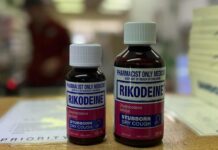
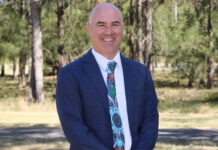
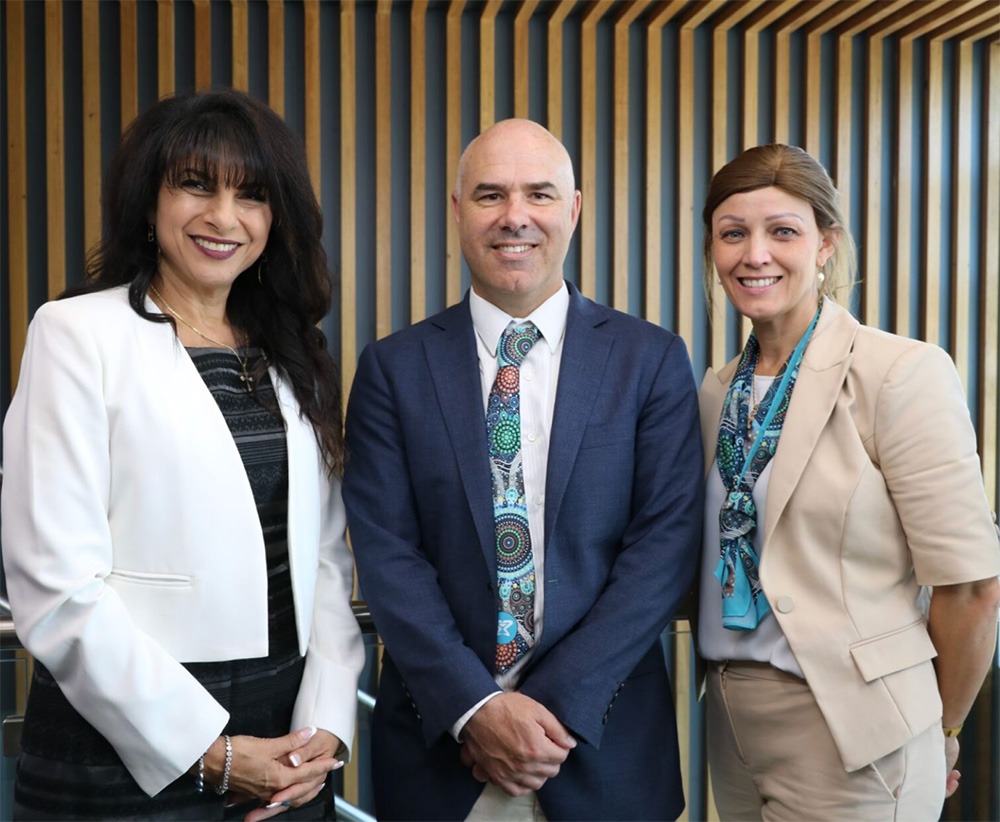 Team PSA 2026: Caroline Diamantis FPS, Prof Mark Naunton MPS and Bridget Totterman MPS[/caption]
Team PSA 2026: Caroline Diamantis FPS, Prof Mark Naunton MPS and Bridget Totterman MPS[/caption]
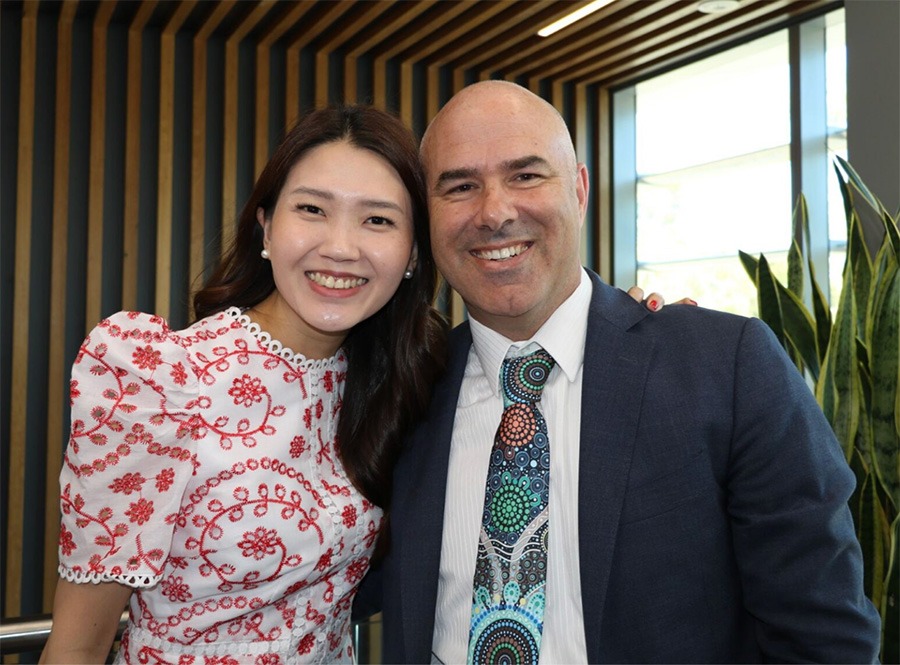 A/Prof Fei Sim and Prof Mark Naunton[/caption]
A/Prof Fei Sim and Prof Mark Naunton[/caption]

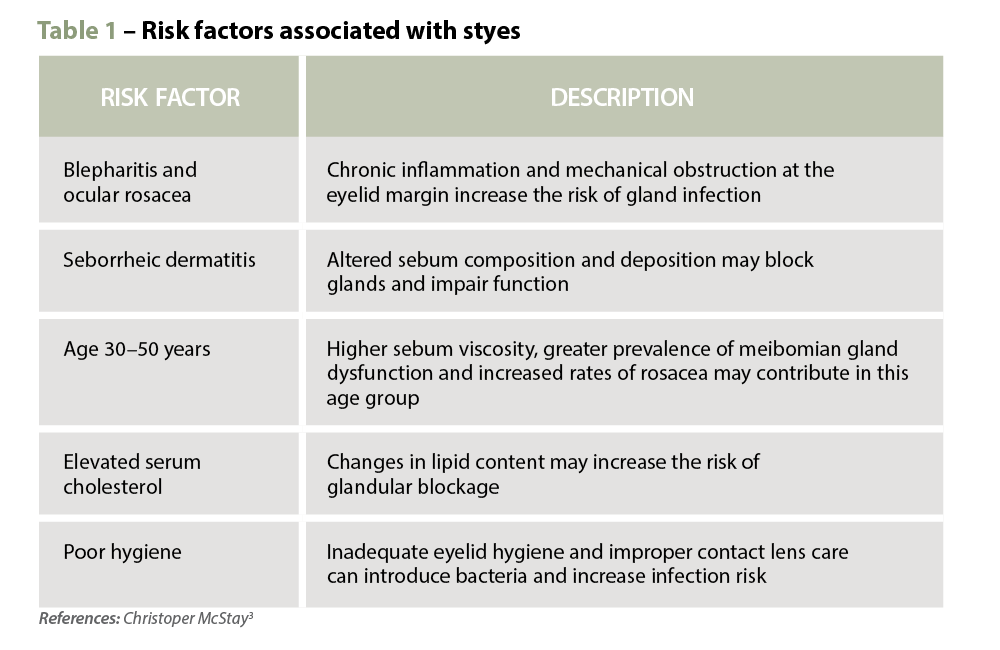 Clinical features
Clinical features 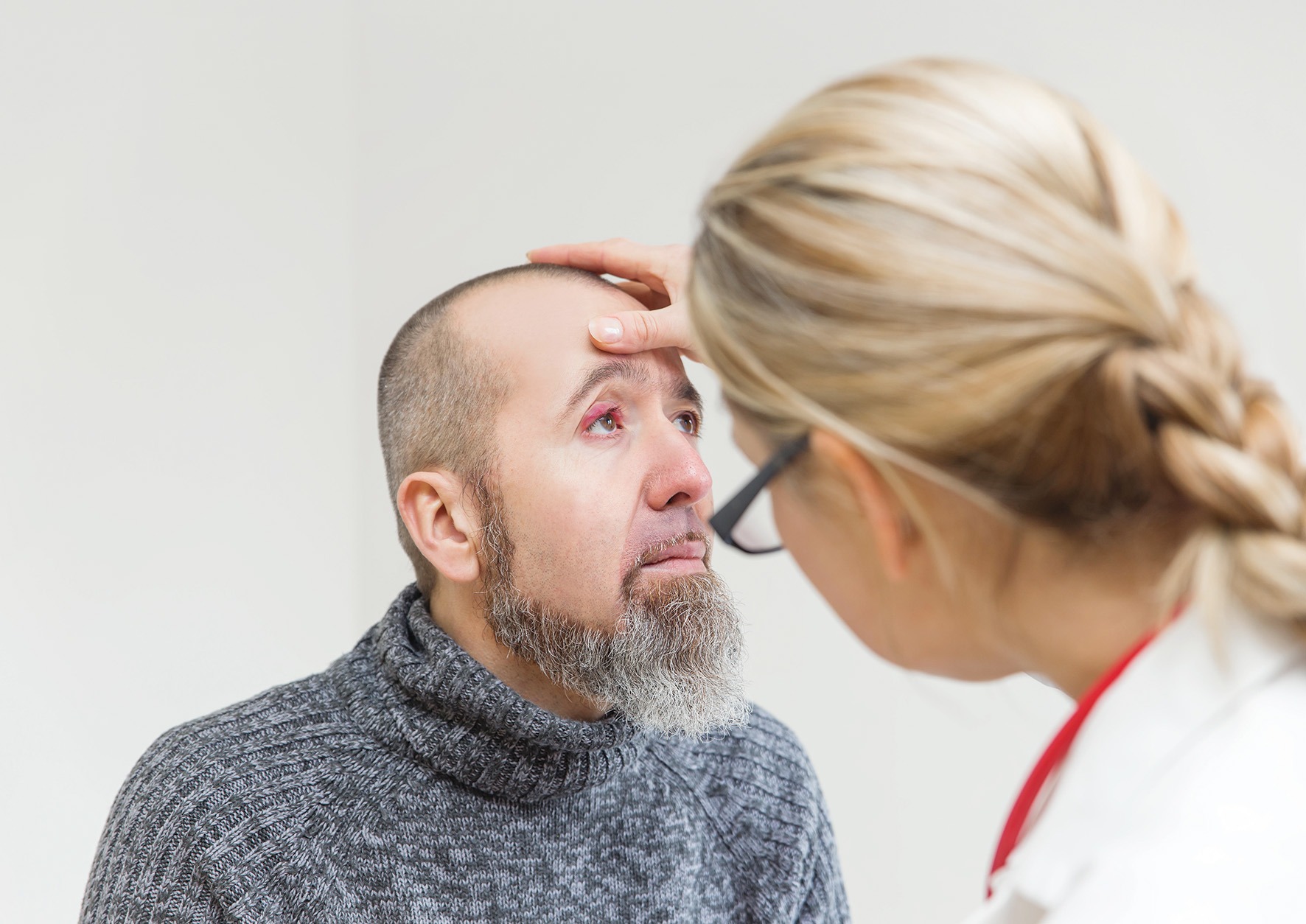 Warm compresses are the cornerstone of treatment, helping to soften the lesion, bring pus to the surface and encourage spontaneous drainage. A clean face cloth soaked in warm (not hot) water should be applied to the closed eyelid for 2–5 minutes, twice daily during the active phase. Once the stye begins to drain, any discharge should be gently wiped away using a clean, warm washcloth. After resolution, continuing warm compresses once daily may help prevent recurrence.2
Warm compresses are the cornerstone of treatment, helping to soften the lesion, bring pus to the surface and encourage spontaneous drainage. A clean face cloth soaked in warm (not hot) water should be applied to the closed eyelid for 2–5 minutes, twice daily during the active phase. Once the stye begins to drain, any discharge should be gently wiped away using a clean, warm washcloth. After resolution, continuing warm compresses once daily may help prevent recurrence.2 

